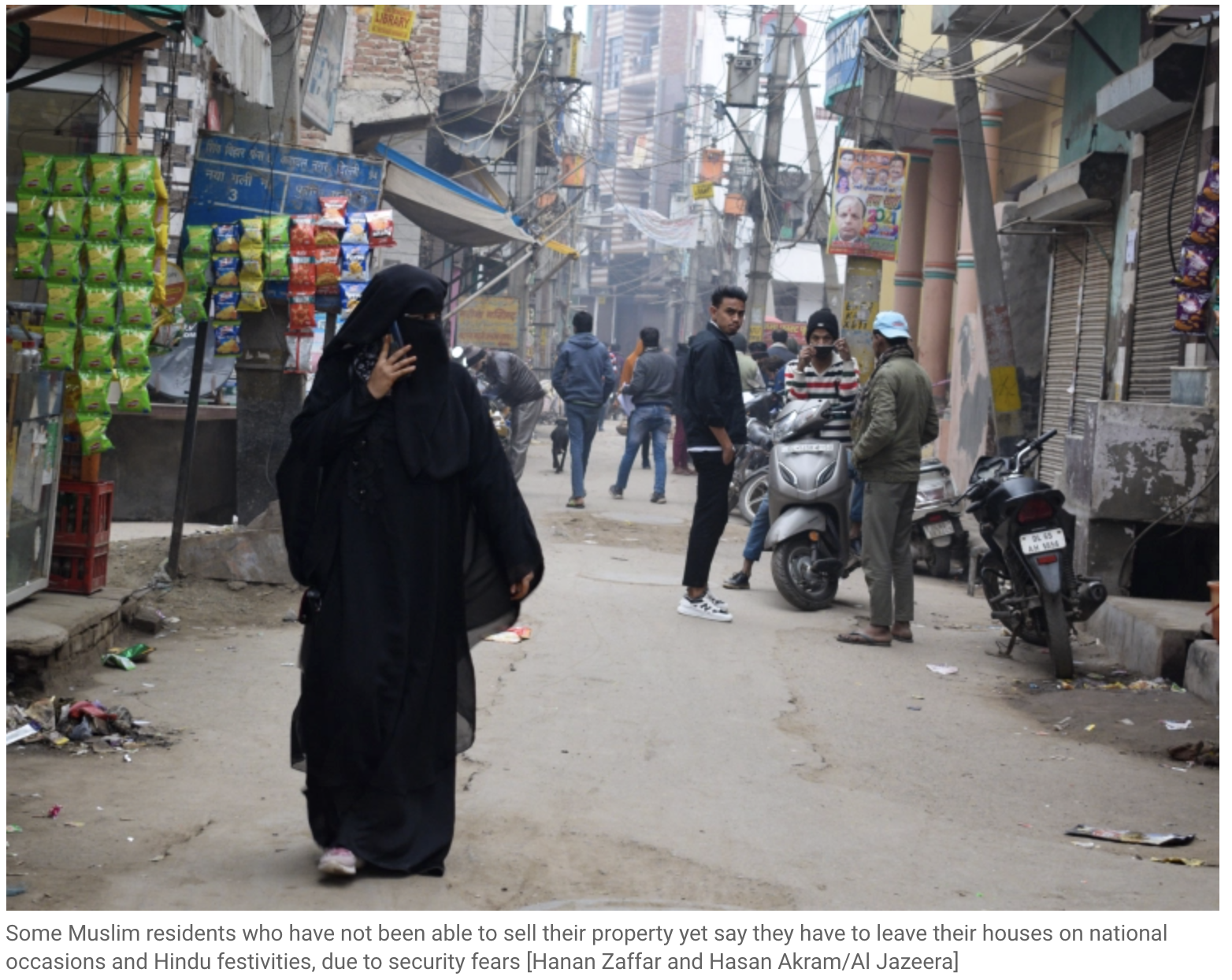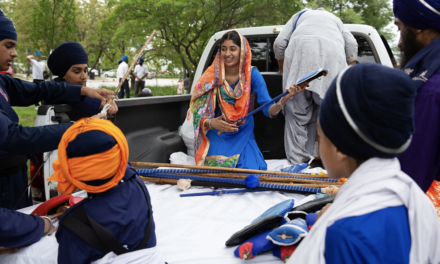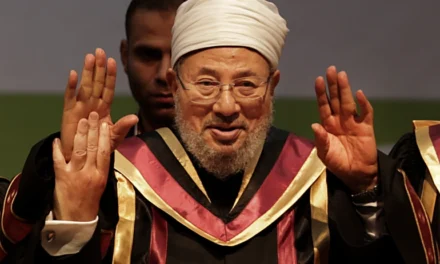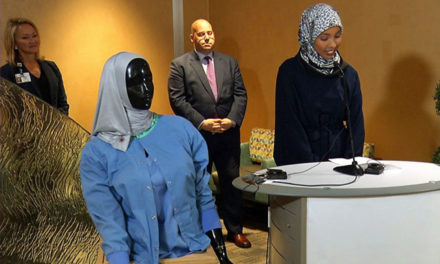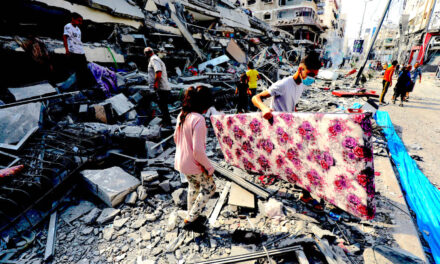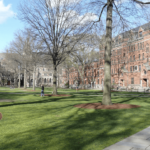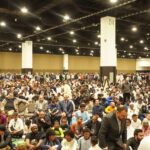New Delhi, India – Nisha Mewati and her family had been living peacefully in northeast Delhi’s Shiv Vihar area – a mixed-neighbourhood where Hindus and Muslims lived cheek by jowl – for more than a decade.
But last February, their world changed. “And it changed suddenly,” said 22-year-old Nisha, sadness flickering in her eyes.
On February 25, 2020, she was going about her daily chores in the morning when she heard shouts of “Jai Shri Ram” (Hail Lord Ram) – a Hindu chant that has lately become a rallying cry for murder – reverberating at some distance from her home.
“A Muslim family was being dragged from their house in an adjacent lane and beaten by a Hindu mob,” she told Al Jazeera.
The neighbourhood had been tense for a couple of days as violent Hindu mobs had started targeting Muslims who were protesting against the new citizenship law passed by the Hindu nationalist government led Bharatiya Janata Party (BJP).
“But we didn’t expect it to hit us. Our family thought we would be safe in our home.”
Nisha’s neighbourhood, along with several other areas, were engulfed in anti-Muslim violence that led to the killing of more than 50 people, mostly Muslims, in India’s capital New Delhi.
As the cries in the neighbourhood intensified, Nisha and her family, fearing for their lives, hurriedly left their home and took shelter at a relative’s place in an adjoining Muslim-majority area.
They stayed away for 15 days, and when they returned, it was clear they were not welcome.
“Before the riots, Muslims and Hindus both lived together without any issues. But once we returned it was clear things had changed. Our friends in the colony were no longer our friends. They had turned strangers, if not enemies,” Nisha told Al Jazeera. “They yelled out ‘rioters’ on seeing us.”
A few days after Nisha and her family returned to their neighbourhood, Prime Minister Narendra Modi ordered a nationwide lockdown for 21 days to prevent the spread of coronavirus.
The outbreak in the country was tied by media and many ruling party leaders to a congregation held by the Tablighi Jamaat – a Muslim missionary organisation – in New Delhi. It provided another opportunity for hostile Hindu residents to attack their Muslim neighbours.
“Hindu residents of the lane used to cover their mouths when they saw us (Muslims). They called us ‘corona’,” Nisha said. “So, we stopped coming out of the house. Our brothers used to go out only to purchase groceries. After three-four months we sold our house.”
Two other Muslim families who used to live in Nisha’s lane have also moved out.
Migration from Hindu Mohallas
Mohammad Hanif’s story is no different. He too sold his two-story house in violence-hit Karawal Nagar – two kilometres (1.2 miles) from Shiv Vihar – a few months after the riots and is now living in a rented accommodation in Mustafabad – a Muslim-majority suburban area in India’s capital. Mohammad’s house was ransacked and looted during the violence.
“I had four beds, a bike and two fridges. Nothing was spared. There was no point living in the area now. It was better to vacate,” the 50-year-old said.
Mohammad’s was the only Muslim household in the lane and, after the violence last February, he and his family decided to leave forever. Finally, in October last year, he managed to sell the property.
”Our lives were saved once with difficulty. So, it is not right to risk our lives again.”
Mohammad laments the fact that prices for properties in the violence-struck areas have gone down, most likely due to the number of distress sales. “I sold it (the house) to a non-Muslim for 12 lakhs (approximately $16,500). The same house was offered 18 lakhs (approximately $24,800) before the riots” he said.
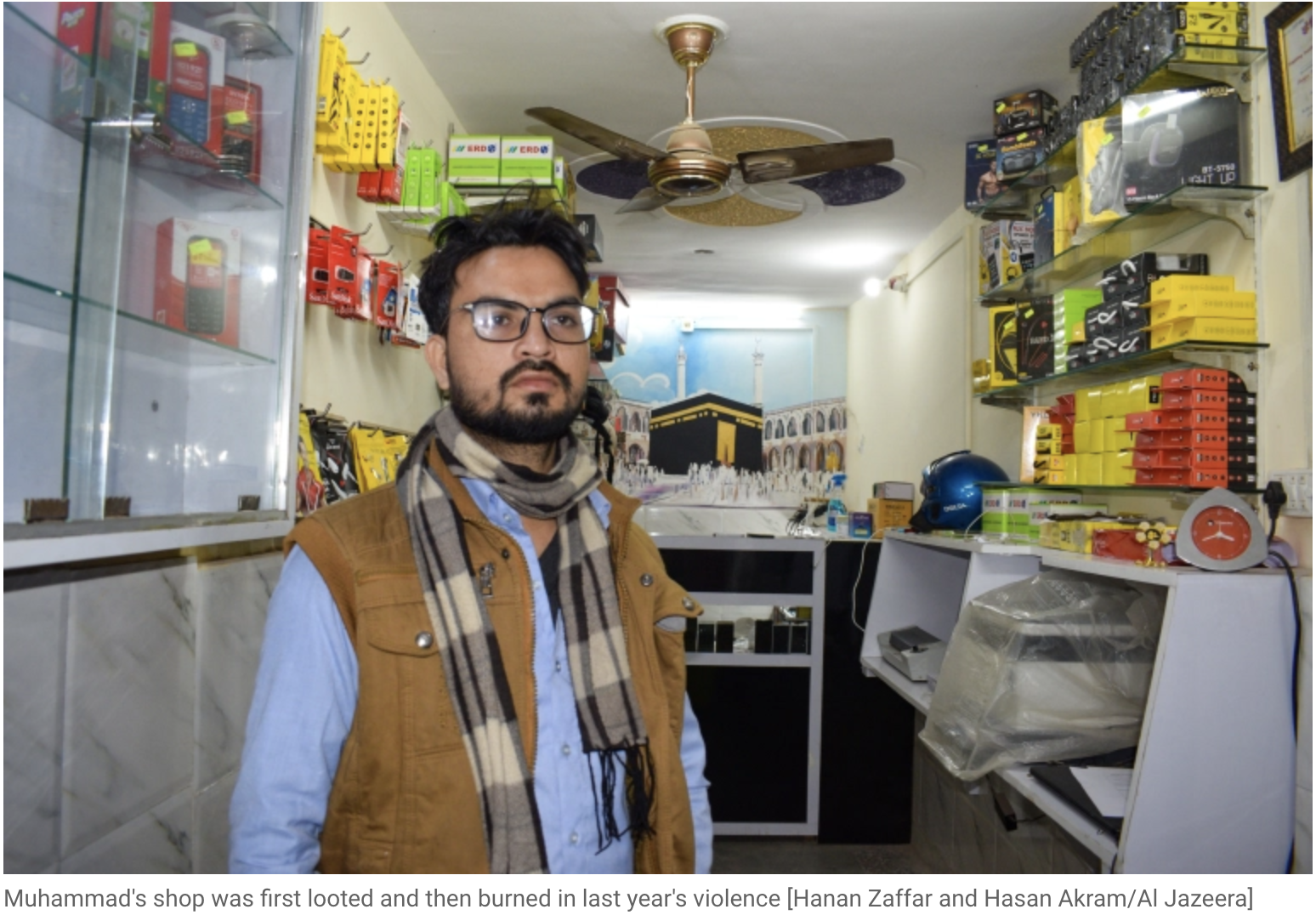
Police in Delhi, however, refused to pay much attention to the issue of Muslims feeling forced to leave Hindu-majority areas. “We are currently busy dealing with the farmer protests,” Chinmoy Biswal, a senior Delhi Police public relations officer told Al Jazeera, referring to the months-long farmers’ protests on the outskirts of Delhi against new farm laws.
Rights groups and several victims have accused Delhi Police of being complicit in the riots last year, doing little as Hindu mobs went on a rampage for several days. During the violence – which many government critics termed an anti-Muslim pogrom – police personnel could even be seen throwing stones towards Muslims along with the Hindu mobs. Police have also been accused by victims and lawyers of coercing them to withdraw cases related to the violence.
Some Muslim residents who have not been able to sell their property yet say they have to leave their houses on national occasions and Hindu festivities, due to security fears.
“On the occasion of (India’s) Republic Day, our entire family shifted to a relative’s place. We feared that clashes may erupt,” said Shahnaz Shaikh, a resident of the violence-affected Shiv Vihar.
Farhana Khan, a local activist who has been helping the victims, said that ahead of Diwali – the Hindu festival of lights – last November, some “elements” used to gather near a crematorium in Shiv Vihar and would chant “Jai Shri Ram” whenever the adhan (Muslim call for prayer) was called from a nearby mosque. “They stopped doing it only after police had to be called for intervention. Such things create an atmosphere of perpetual fear,” Farhana told Al Jazeera.
Social activist Aasif Mujtaba said rallies were organized by right-wing Hindu groups in the bylanes of Shiv Vihar to coincide with the inauguration of the Ram temple in Ayodhya in the northern state of Uttar Pradesh.
“Muslim community was petrified when they saw crowds roaming on streets chanting objectionable slogans, but very little was done by police and administration to address the concerns of Muslim community,” said Aasif, who heads Miles2Smile foundation which provides legal and monetary aid to survivors of the February 2020 violence.
Muslim residents of the area say the pervading milieu of mistrust and interfaith hatred in the wake of the riots – the worst religious violence since 1984 – is severely affecting their psychological wellbeing, forcing them to leave the neighborhoods in which they have lived for decades.
“We want to leave the place. We do not manage to sleep at night properly. Even a small sound at night scares us and it feels like we are being attacked again,” Shahnaz told Al Jazeera.
Shahnaz’s house was also ransacked during last year’s violence, and she and her sister lost all their jewelry. “The house wasn’t put to flames only because it would have burned adjoining houses owned by Hindus too,” said Shahnaz’s sister, Nazia Parween.
Their family also wants to sell their house and leave but they say they have not been able to get even three-fourths of the actual price.
“My mother wants to sell her house now. First, we wanted to sell it for 40 lakh ( $55,000). But as we could not get the price we decided to sell it for 35 lakh ($48,000) and now we are even willing to sell it for 30 lakh ($41,000). But nobody is willing to pay,” said Shahnaz.
She says all the approaching buyers are non-Muslims. “Of course. How would Muslims now come to this area?”
Distress sales
The property brokers operating in areas affected by the violence also say Muslims are selling their properties in haste, leading to distress sales.
“Currently, some 15-20 people have asked me to look out for sellers for their houses. These are mostly Muslim households who live in Hindu-majority neighborhoods. Some have already sold their buildings through me,” said Rizwan Khan, a property broker for the last 17 years.
“But they don’t get market rate for their properties. For example, a building amounting to 20 lakh (approximately $27,000) is being sold out at 15 lakh (approximately $20,000),” Rizwan told Al Jazeera.
Local authorities, however, say they are “unaware” of such developments.
Puneet Kumar Patel, a sub-divisional Magistrate of Karawal Nagar, says they received no such complaints. “At the time of riots some people had abandoned their homes but now they are returning to them. If there is such a development (of Muslim migration) it would have definitely come to our notice,” Patel told Al Jazeera.
However, the ruling BJP acknowledged the migration of Muslims from mixed communities to ghettos and called for “trust-building initiatives” between the communities.
“This is unfortunate, that after the riots the gap between two communities has widened in those areas. The people and the government of Delhi and central government should sit together and sort this out,” Harish Khurana, spokesperson for the BJP in New Delhi, told Al Jazeera.
For many in the violence-hit areas though, the situation is beyond reconciliation.
Decreased social interaction between the communities
“How would there be any normalcy if there is no interaction?” asks Muhammad Ibrahim who runs a grocer’s in Shiv Vihar. He lives in a Muslim-majority area, but owns a shop in a Hindu-majority lane. His business, he says, has been badly hit since Hindu customers no longer come to his shop.
“Right now Hindus prefer to go to shops owned by Hindus and similarly Muslims prefer to go to shops of Muslims,” Muhammad said. “Before the riots, both Hindus and Muslims used to come to my shop but now the majority of non-Muslims have stopped buying from my shop.”
Muhammad’s shop was first looted and then burned in last year’s violence. Since then he has had poor sales because of an undeclared social boycott by the Hindu community, forcing him to think of selling his shop. “My father and I am discussing the possible relocation plans,” he told Al Jazeera.
The strained relations post-violence have led to minimal social interaction between the communities, aggravating the already wide fault lines. “Our children don’t even play outside with their (Hindu) friends anymore. They have prohibited their children to play with ours. So we also don’t allow them to roam outside ” said Nazia Parween.
India’s approximately 200 million Muslims have long lived on the margins, with episodic religious violence forcing them to seek shelter in ghettos. Since the coming to power of Modi’s BJP in 2014, the community has become increasingly marginalized.
Experts say the silent migration of Muslims from “mixed” areas and further segregation of the community would expedite the near-total alienation.
“This, of course, is not a new phenomenon,” said Suchitra Vijayan, a New York-based lawyer and author of Midnight’s Borders, A people’s history of modern India.
“Sometimes a household, because of violence, is forced to move multiple times and it is so common amongst marginalized Muslim community in India. The community has earlier been also forced to migrate in large numbers to the Muslim-only enclaves or ghettos after violence perpetuated against them during Gujrat pogrom (2002), Nellie massacre (1983) or more recently now in Delhi.”
A 2006 report by the federal government-appointed Sachar judicial committee pointed out that “fearing for their security, Muslims are increasingly resorting to living in ghettos across the country.”
